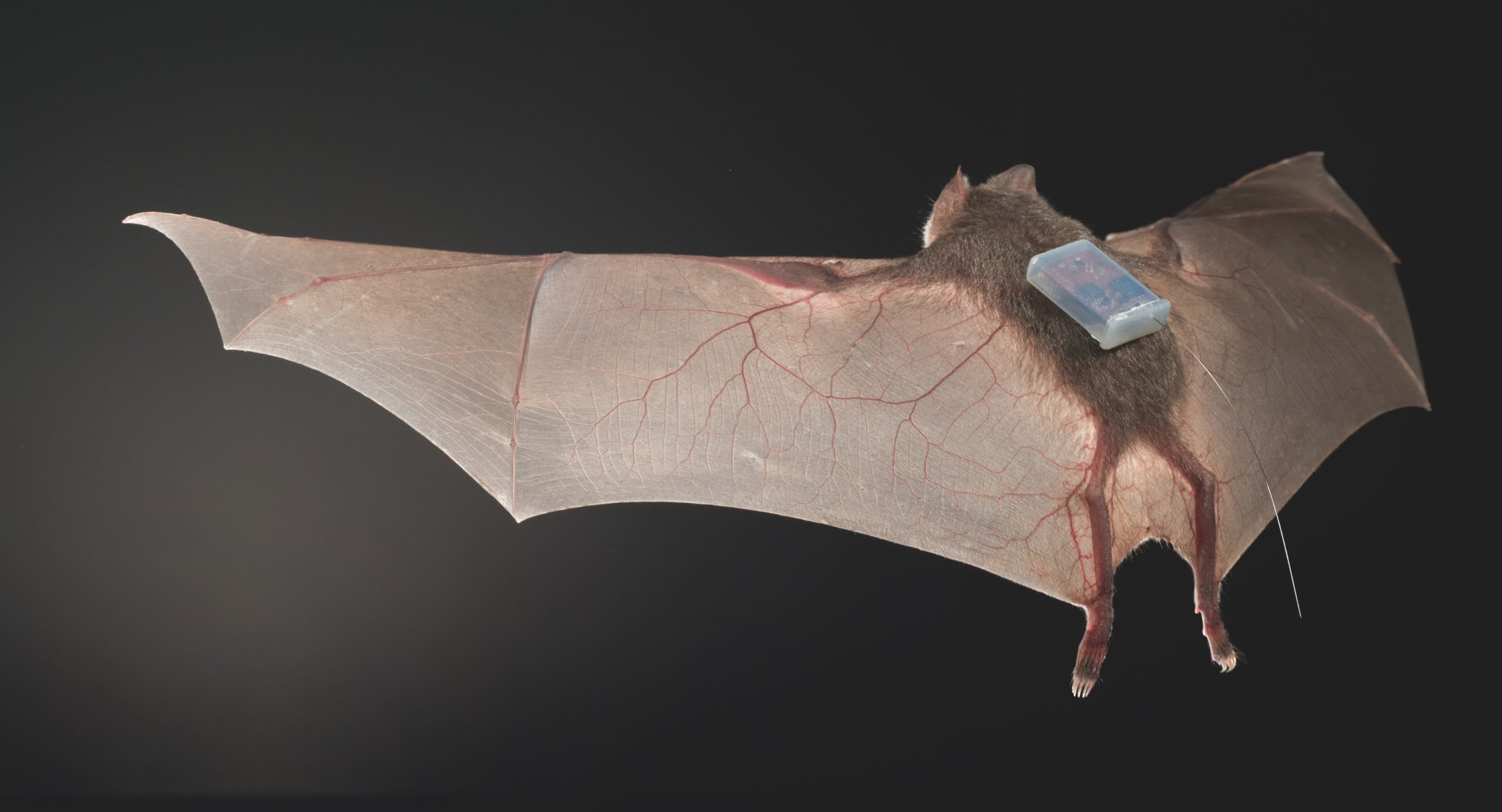
Many of us will soon no longer be able to hear the term “social distancing” after seven months of living with the corona pandemic. And for an increasing number of members of our species, this distancing is becoming more and more difficult, which obviously has consequences. The pandemic is on the rise again. Yet social distancing is normal in nature even among less highly developed creatures. An international research team from the Museum of Natural History Berlin (Germany), the University of Texas (US), and Ohio State University (US) has been able to observe this phenomenon.
The scientists discovered that sick vampire bats spend less time in the vicinity of their fellow bats, and this slows down the spread of disease. After observation in the laboratory, the bats showed the same behavior in a field experiment with high-tech animal trackers. The study was published in the academic journal Behavioral Ecology.
Active and passive social distancing
Normally, vampire bats live in communities and – just like humans – have a personal environment and individual social contacts. These ‘friend cliques’ help each other out and are there for each other. However, changes in social behavior in response to a pathogen can change the spread of disease amongst a population in a number of ways.
If parasites influence the behavior of a host, transmission rates could increase, the researchers say. However, if they practice “social distancing,” the spread is slowed because sick and healthy individuals meet less frequently. There are two types of social distancing: Active and passive. With active social distancing, sick individuals are avoided or isolate themselves after becoming infected. With passive social distancing, sick animals are often lethargic and sleepy due to their illness. As a consequence, they are less mobile and therefore tend to have fewer social contacts.
Simulated disease symptoms
The scientists conducted field experiments on vampire bats to study this passive form of social distancing and the consequences for the social bonds between the animals. To do this, they captured 31 females from a hollow tree in Lamanai, Belize, and simulated a bacterial infection in half of the bats. The animals were administered a substance, after which they showed symptoms of a disease for six to twelve hours. After being fitted with extremely light, new types of proximity sensors, they were released back into the wild.
Over the next three days, the sensors registered to the second who was in close proximity with which bats. This enabled the researchers to set up a dynamic social network that allowed them to track changes in the social contacts between sick and healthy bats.
“These high-tech, custom-built sensors open up completely new perspectives on the highly dynamic social behavior of these bats. Conducting these kinds of experiments in the wild and simultaneously observing changes in the social network of an entire colony every second was previously unthinkable,” says lead author Simon Ripperger of the Museum of Natural History Berlin.
Retreat
It turned out that disease symptoms had a profound effect on social networks. The sick bats spent less time with their group members and also distanced themselves spatially. Consequently, the likelihood of a healthy animal coming into contact with a sick one actually decreased. Social distancing is therefore a simple but effective means of curbing the spread of disease in vampire bats.
“One of the things I most enjoy is taking our work back and forth from the lab to the field,” explains co-author Gerald Carter from Ohio State University. “We studied these effects in captive vampire bats under controlled conditions and it is exciting to see the same effects demonstrated under realistic conditions in the field.”
The researchers emphasize that such high-resolution data sets would help to gain new insights into patterns and processes underlying the spread of pathogens in the future.
Title picture: Vampire bat (Desmodus rotundus) with a proximity sensor © Sherri and Brock Fenton








